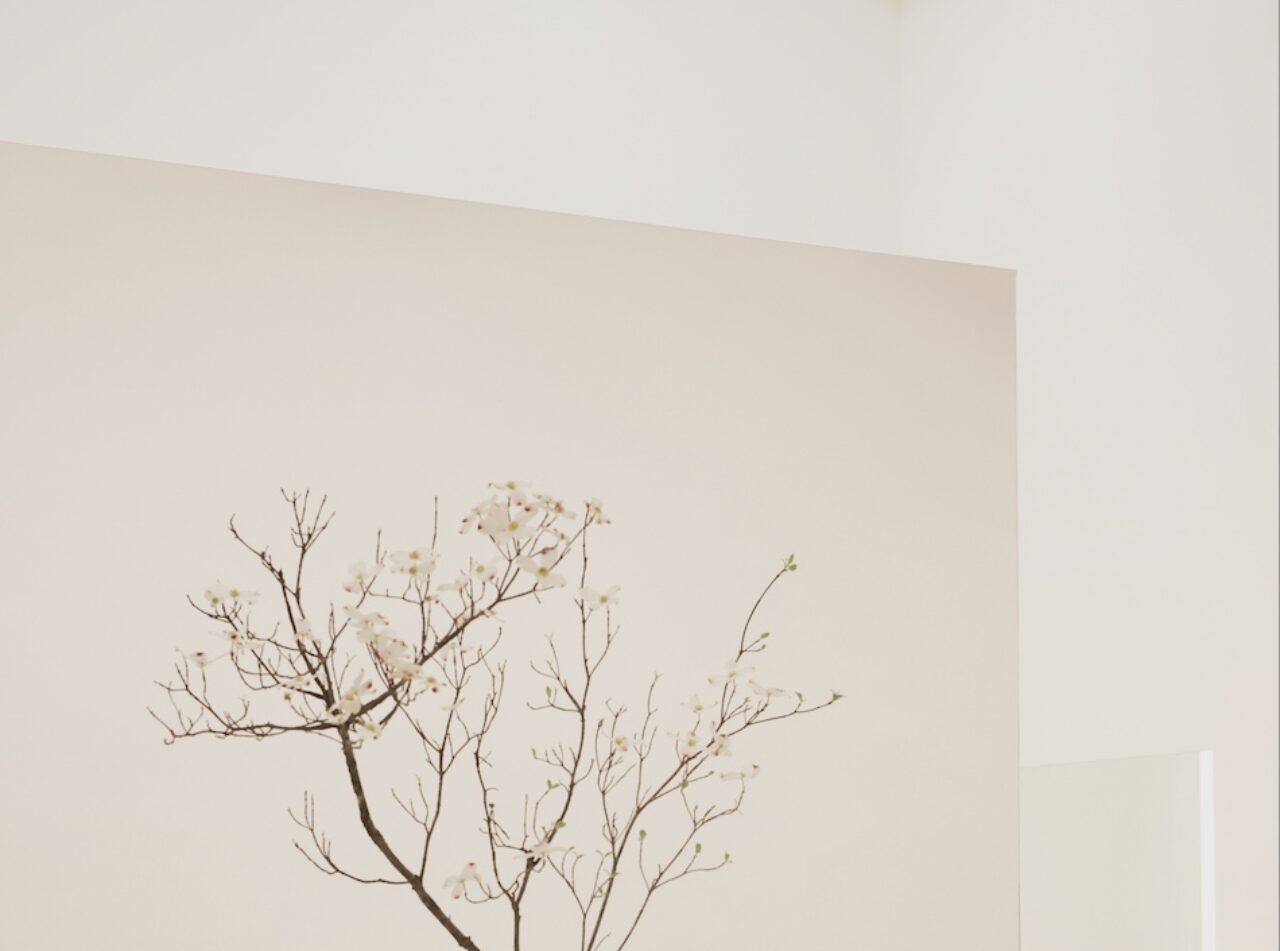SODA Objects
From Adelaide to the World, Curated Design Objects, Specialist Furniture and Art

Born-again furniture, objects and art from the 20th Century to current, are found in Adelaide at design-focused retail incubator SODA.
Based – unassumingly – in South Australia, SODA space is made up of the SODA Objects design furniture showroom, art gallery, warehouse, workshop, and studio. This is not just a furniture store.
Curating an offering of iconic design pieces from Corbusier, Castelli, Eames and more, SODA Objects presents a wide selection of thoughtfully sourced and meticulously selected items from furniture to objects. SODA’s full offering extends to designer objects from Aulenti, Magistretti, to Kartell, Knoll, Herman Miller, Saporiti, and FLOS, but their offering is constantly changing and evolving.
Found in the SODA showroom, the ‘Narciso’ Mirror by Claudio Platania for Pierre Cardin (manufactured by ‘Acerbis’, circa 1970) and the rare ‘Action’ office desk by George Nelson for Herman Miller (under the direction of Robert Propst, 1960). Rare, one-off designs from Roger McKnight, a South Australian woodworker, can also be found, highlighting the wonderful handmade furniture created in Australia with locally-sourced natural materials. Cult classic designs from the 70’s, such as the Euroway Ring-A-Date calendar are also sold at SODA, with pre-orders able to be done directly with the team there.
Always on the hunt for design gems, we speak to SODA founder and director Sam McLaren at SODA to find out more about his passion in trading designer furniture:
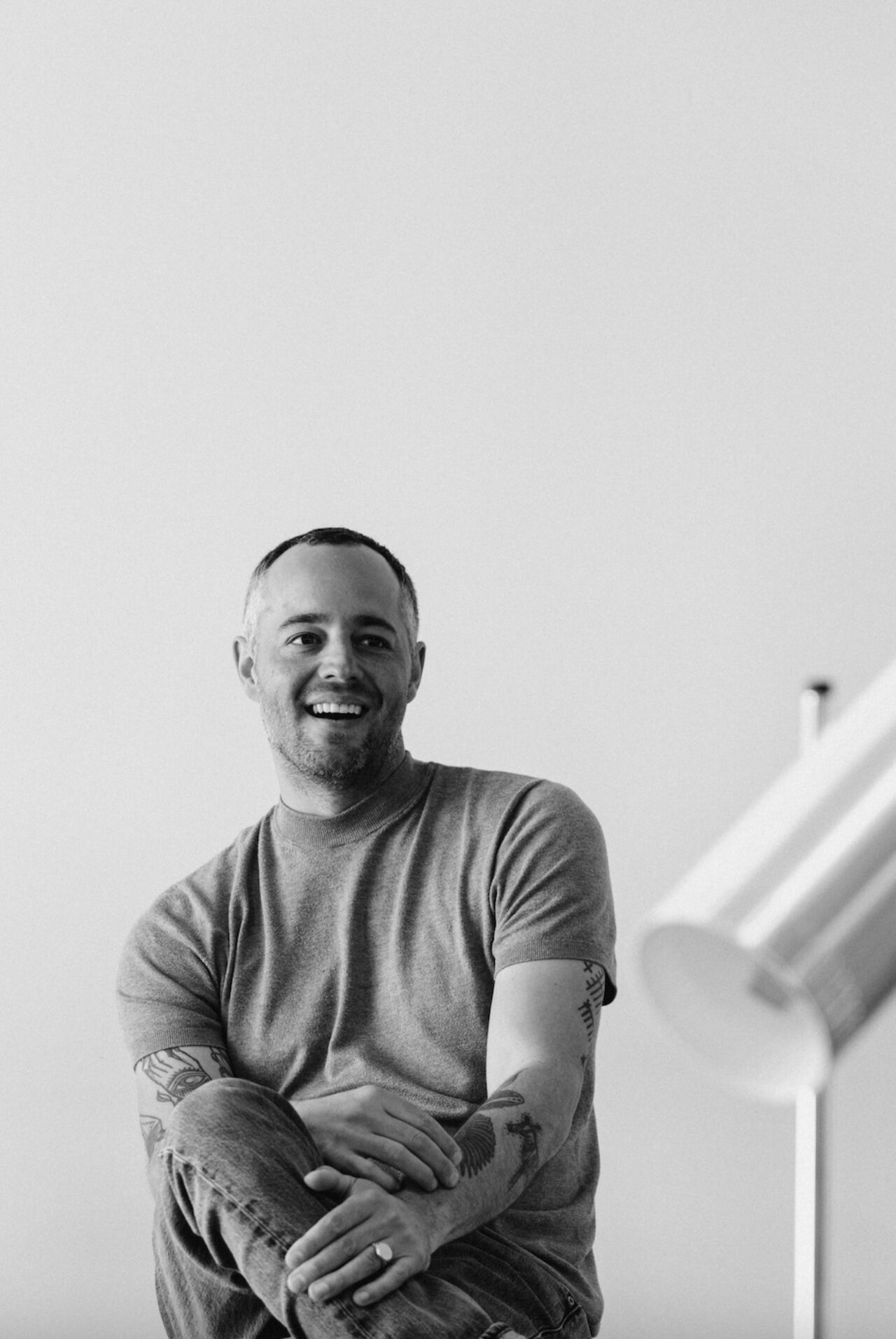
Hi Sam, please tell us about how you source the design objects and furniture you find?
Sourcing has become a curatorial process rather than how we initially started by simply buying whatever we could find through local marketplaces or public auctions. By working with designers and architects, and through self-education and reflection, we’ve developed a process of sourcing with the intention of having a product to offer that’s unique but genuine. Sometimes designs that are found, through restoration or a considered update to match current trends.
We also look for form that’s interesting to the eye or that fits in a with the SODA aesthetic – it doesn’t necessarily need to be by a famous designer or brand. We’ve seen some incredible design from completely underground names such as the recent timber set by Roger McKnight who was largely unknown however had a strong eye for styles that we’re present in years when modernism and brutalism were really starting to hit the mainstream market. Weird and wonderful pieces arrive regularly without any clue of provenance or original creator – keeping some mystery is nice.

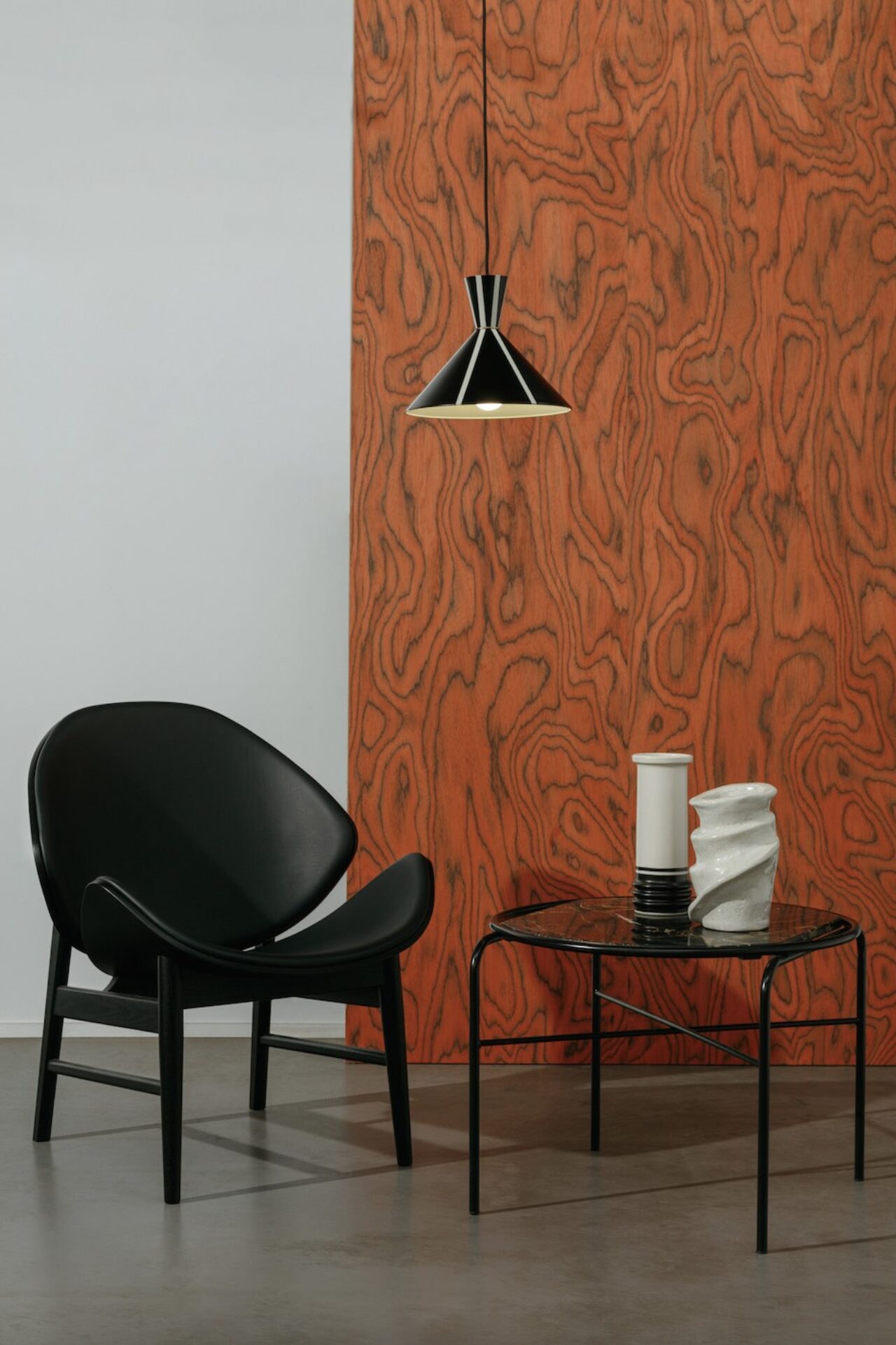

How do you authenticate that they are originals?
Being around authentic design on a daily basis and having a background in manufacturing has taught me a lot about the tell-tale signs of OEM build quality vs after-market replicas. Reproducing luxurious, high-end furniture into cheap-to-manufacture items generally comes with short cuts, weakness where there should be strength and ugly finishes or fabrics where there should be considered textures or colours, and so on.
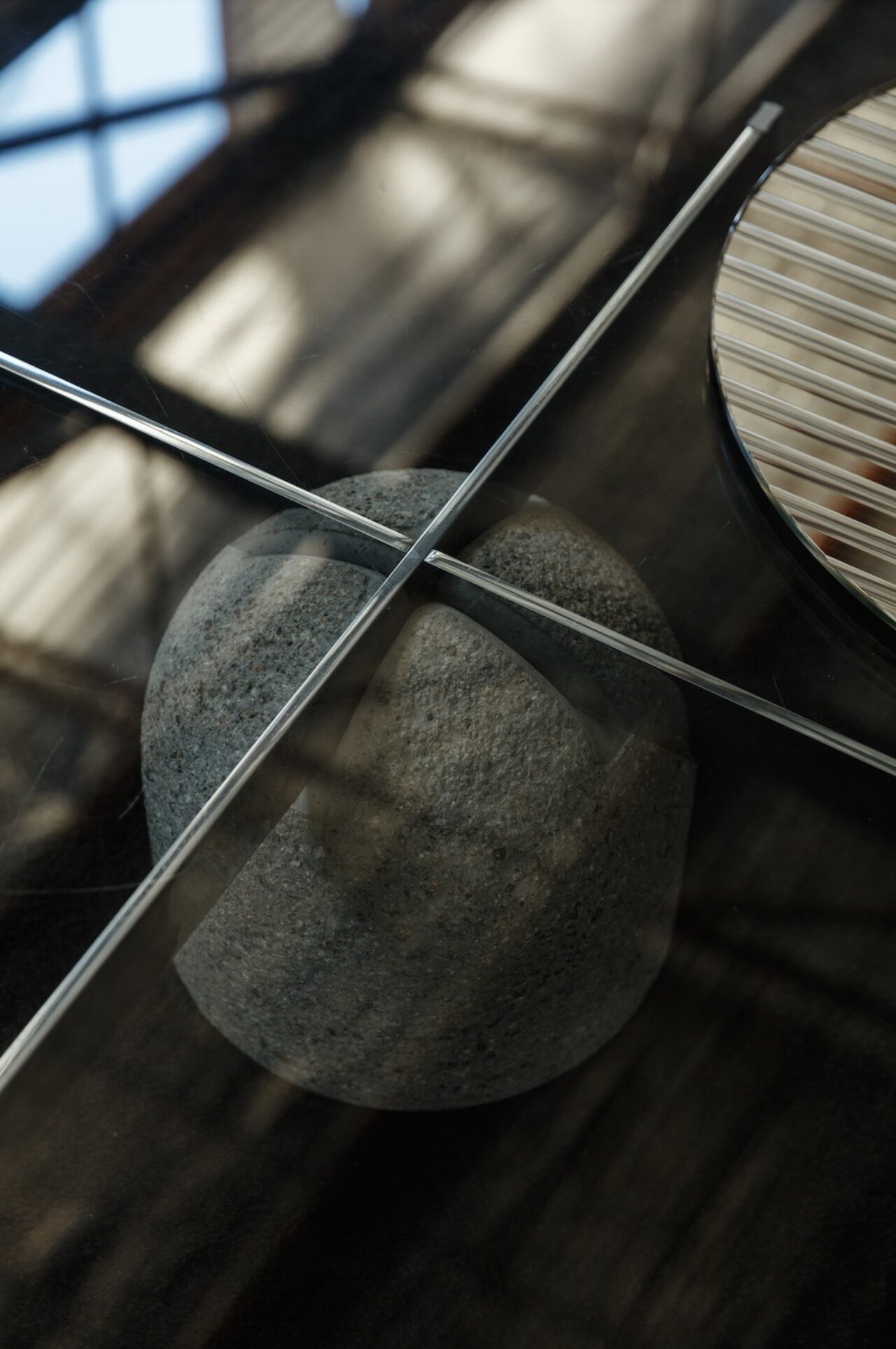
Furniture doesn’t seem to come with the counterfeit branded items seen in the fashion industry however, there are a lot of legally available replicas on the market as a result of Australia’s relaxed laws. In these cases, it’s generally a fairly quick process as there will not be labelling from the original manufacturer, or signs can be found when reviewing against the original online or in reference publications.
For the older reproductions it can be much harder – particularly with hand built furniture from early in the 20th century. It’s always worth turning to online forums or local experts who have studied these subjects deeply and have the information to make the right call. Being able to answer the question with supporting documentation is important, along with being honest.
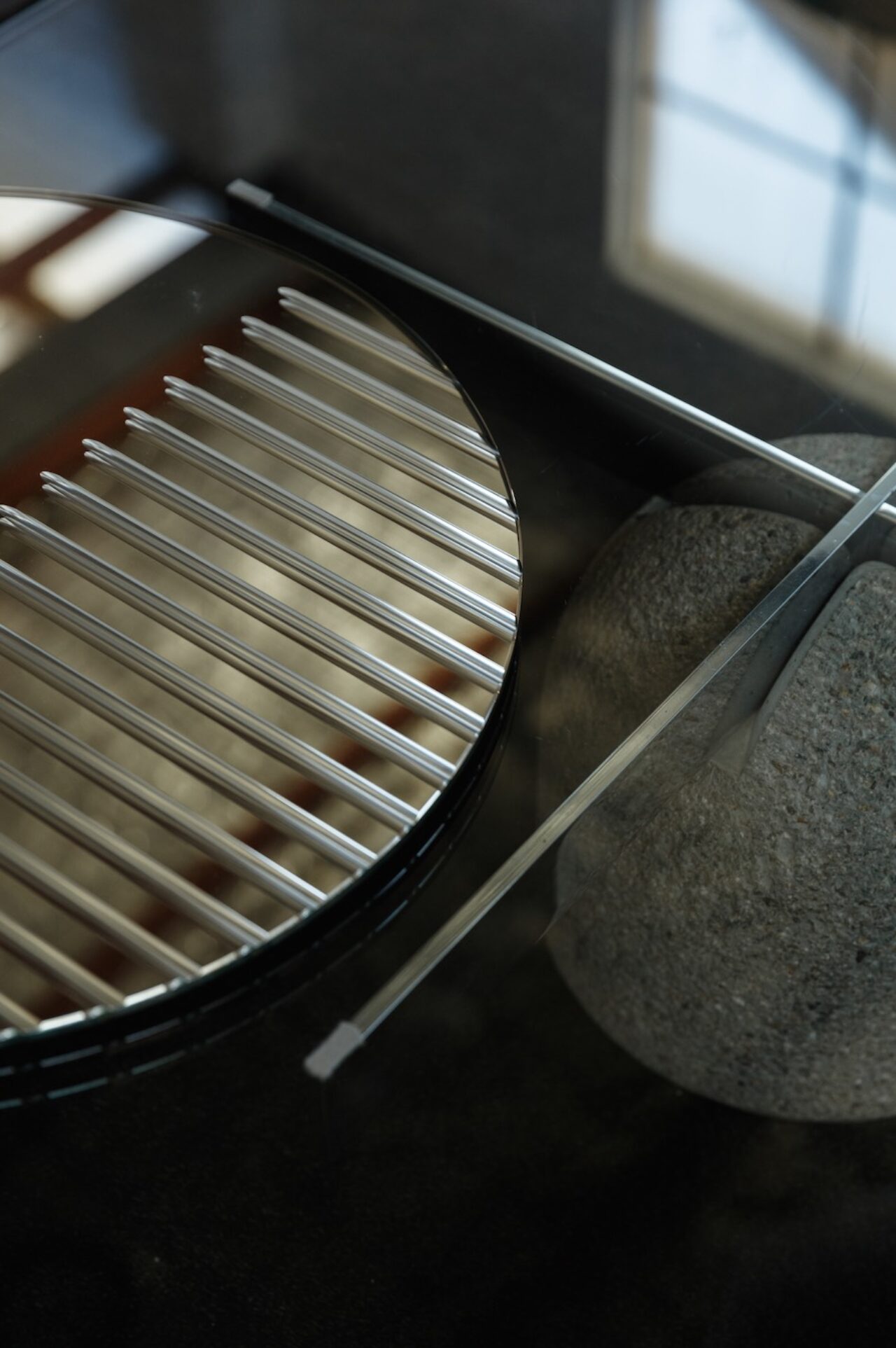
What are some of your favourites in your collection?
Locally the set by Roger McKnight was truly incredible to have in-store – both because of its unique design and presence but also being South Australian. A couple of years ago we acquired a 1960’s Italian lounge set by an unknown designer. It was very bulbous, with a cloud-like form held together with a chrome tube frame. Designers such as Frattini, Botta, Scarpa and Piazzesi had been quoted at the time but no hard evidence had been found. Either way it was an amazing set and ended up with a gallery owner on the East coast.
We also have small sculptural items by a local artist Ann Broughton that have always been part of our inhouse archive. Also pieces by Annabelle Collette that sold to a friend of mine and a small tea chair by De Pas, D’Urbino & Lomazzi for Zanotta. Also an original LC-3 by Perriand, Le Corbusier and Jeanerret for Cassina that sold to the largest walk in humidor in the southern hemisphere, The Index. More recently the Trombone lighting series by Jo Hammerborg for Warm Nordic are some of the best lighting I’ve seen. Walking into SODA every day is an experience – I’m very lucky.
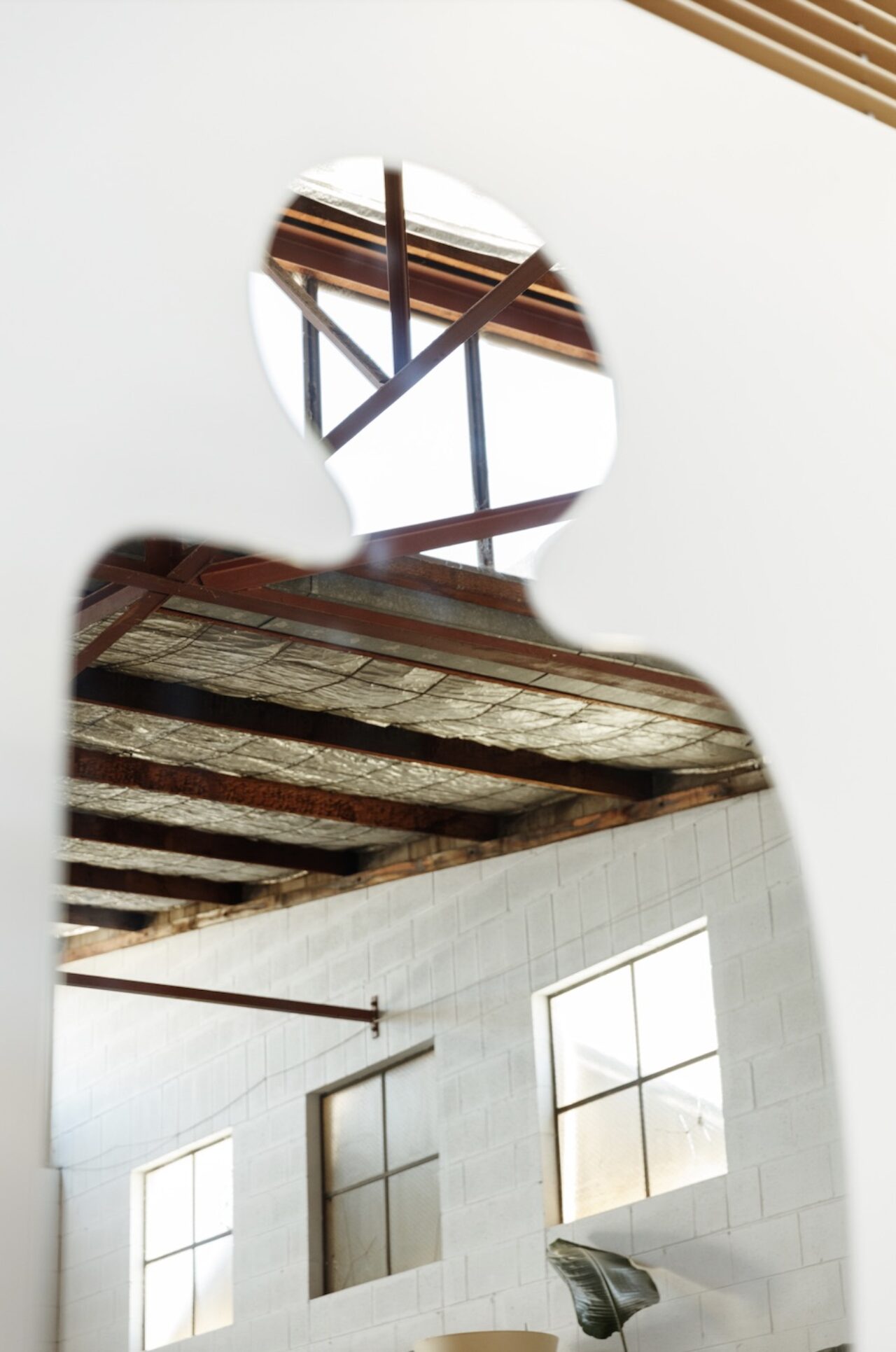
How do you see SODA OBJECTS growing in the Australian market and landscape?
We’ve recently taken on an original, licensed brand from Denmark called Warm Nordic which we sell exclusively in SA. We’ve worked closely with the local distributor Kuhl Haus on integration, also direct with Warm Nordic in Denmark and Kvadrat textiles locally whose product make up 70% of WN’s contract fabric range. The model of curating both old and new means we can truly pay respect to original design and by making these brands available locally means it is less likely that a replica is purchased – which we feel is hugely important in South Australia as we seem to be quite disconnected from the high end brands seen on the east coast. Over the next month we will also introduce a well-known Italian brand called B-Line, then later this year we will start to introduce Warm Nordic’s sister brand, Paustian. This includes a range of designer office furniture and also the Arctander Clam chair.
With these brands instore and our continued focus on vintage, we’ll likely have enough to keep us busy – although we would love to develop the smaller object range a little further. In regards to our range of Art, we will continue to show work by James Brown who has been on our walls since day one. We also hope to do more work with local artist Kaspar Schmidt Mumm and will soon show work by still life photographer Emmaline Zanelli (Emmaline is also behind the SODA brand shots). Being a part of the local art scene in a more regular way would be wonderful and will ideally become a timetable with the completion of small gallery room that’s currently being renovated behind SODA’s showroom.
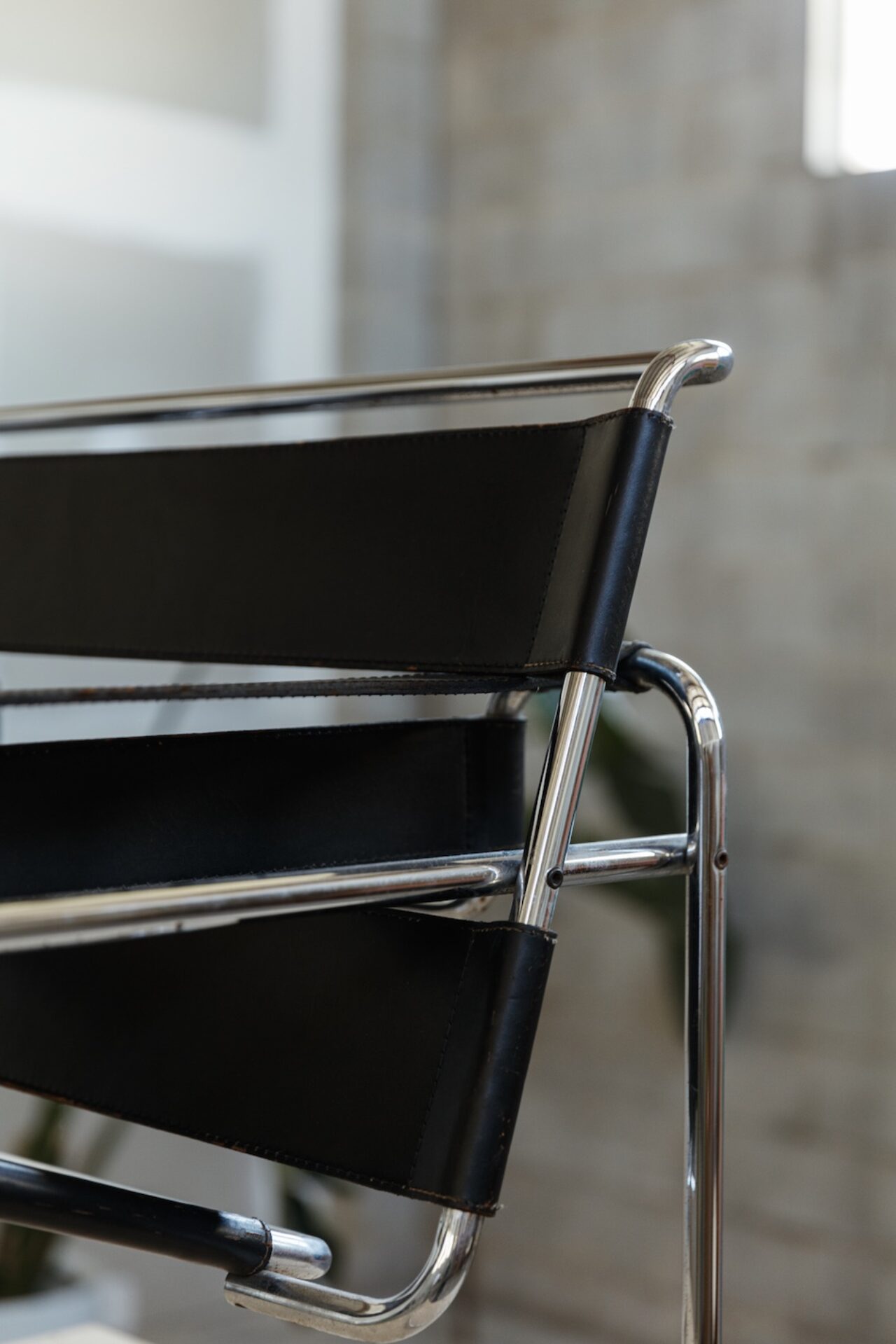
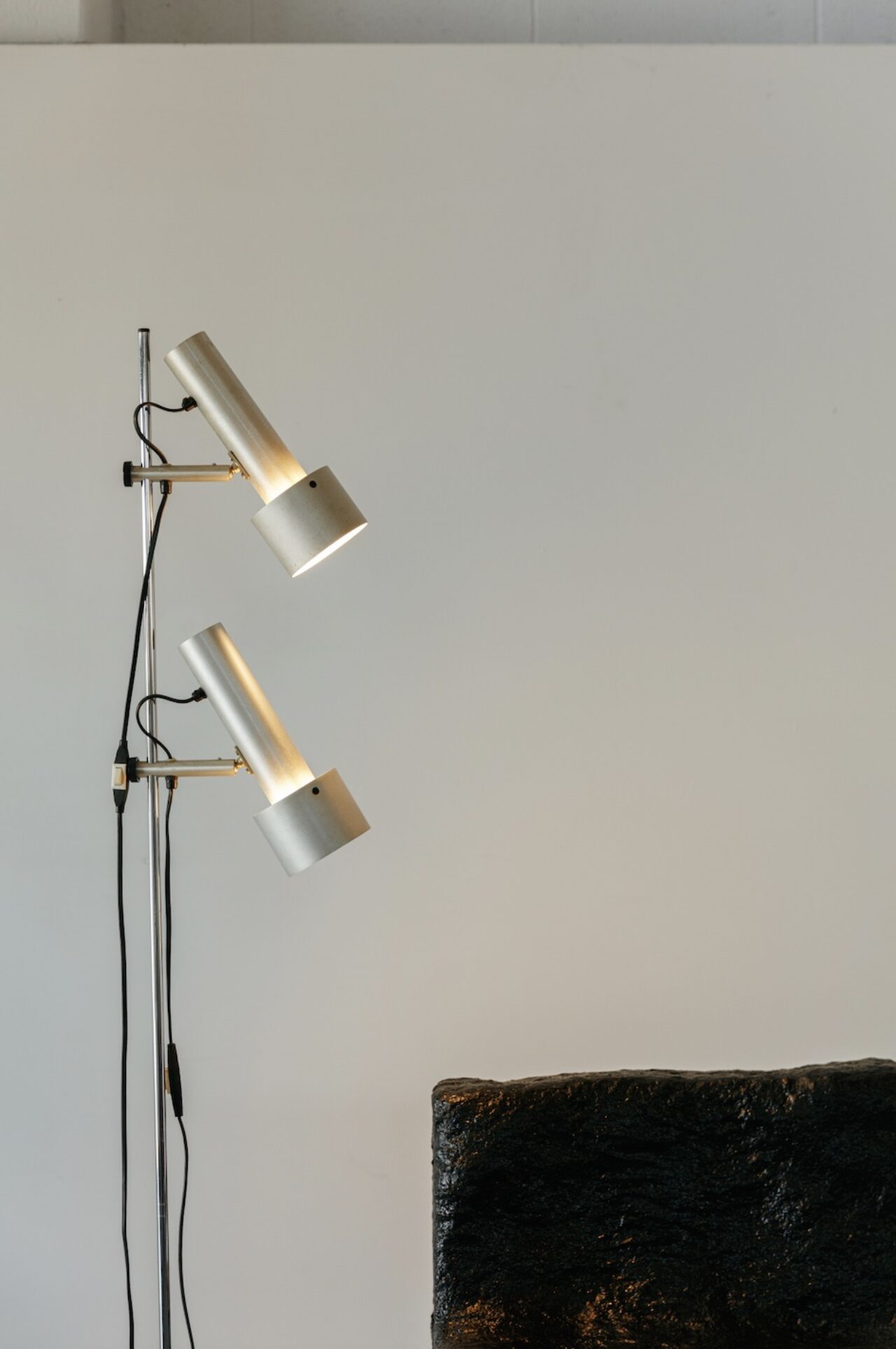
Your customers are varied across the country, how do they find you? Can you tell us about some of your clients?
Our customer base is a fairly even split between commercial and public clients who find us in-store, through social platforms, media releases and via our website. We’ve been fortunate enough to develop a dedicated following online and in-store with local regulars. From day one we’ve had our early adopters (also close friends) at 2049 who helped develop our brand and often spec our pieces in interior projects such as lighting for the recently completed Pastel Wine Bar. Over in WA we love working with OHLO Studios and recently supplied to the impressive Lawsons Flats Club project in Perth’s CBD, also Morgan at Studio Manifold has been a favourite since early on who we recently assisted with lighting for the Stable store in Melbourne. Another big highlight locally was the Pinco Deli project where we collaborated with part owner Elijah Markis on furniture, colour, lighting, finishes and styling. Something we’re looking forward to seeing complete is the Sun Ranch Hotel & Lodge – we supplied some vintage French high-back chairs and a set of Panton ‘S’ chairs and feel this will be a project worth keeping an eye on.
Working with the public is equally rewarding as it is so much more personal. There’s an emotional connection that’s not normally experienced in commercial and connects us directly to the end result – I guess a bond is created that can be missed with 3rd party projects. Even with online advertising being so prominent; word of mouth is still strongest. We’ve supplied marble tables to friends of friends, rare French mirrors to commercial clients family members, freshly upholstered Italian arm chairs to the local office waiting room and so on. It’s very community in Adelaide and we love contributing to it with nice things.

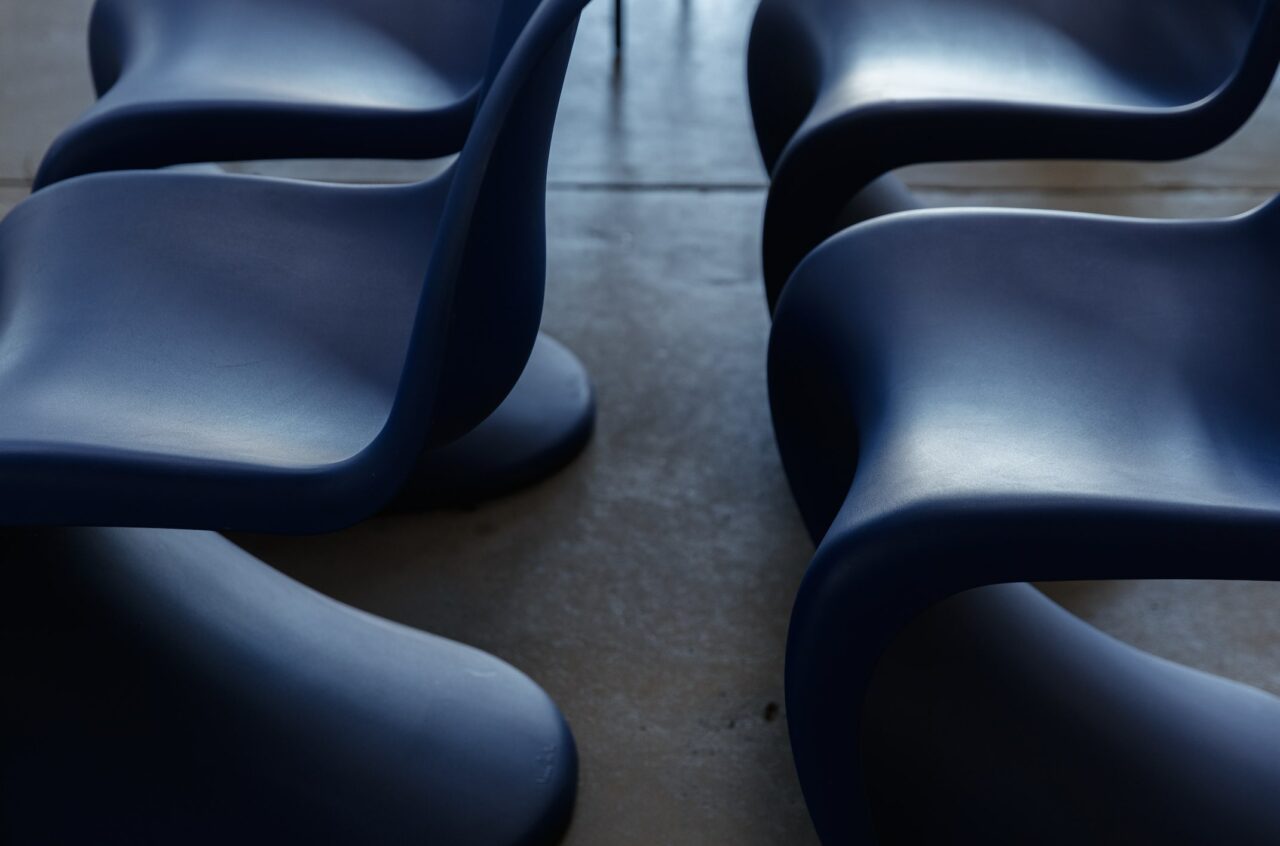
What are your plans for the future?
SODAs foundation as a business is clearly taking form so we will continue to shape what will hopefully be a sustainable source of design for years to come. Personally I’ve found a lot of joy in working with local creatives and makers developing collaborative designs such as the SODA Wall Light. Seeing an idea manifest into a physical product is hugely rewarding and would love to continue to make time for this as we have a few products being developed in the background and look forward to them being released.
We also have an open house event mid May in collaboration with AHNESS which will see the whole of SODA activate including the gallery room and studio into a hyper curated series of rooms. It’s the first time we’ve hosted such a large presentation in-store and expect the event to open-up new doors for 2023 and beyond.
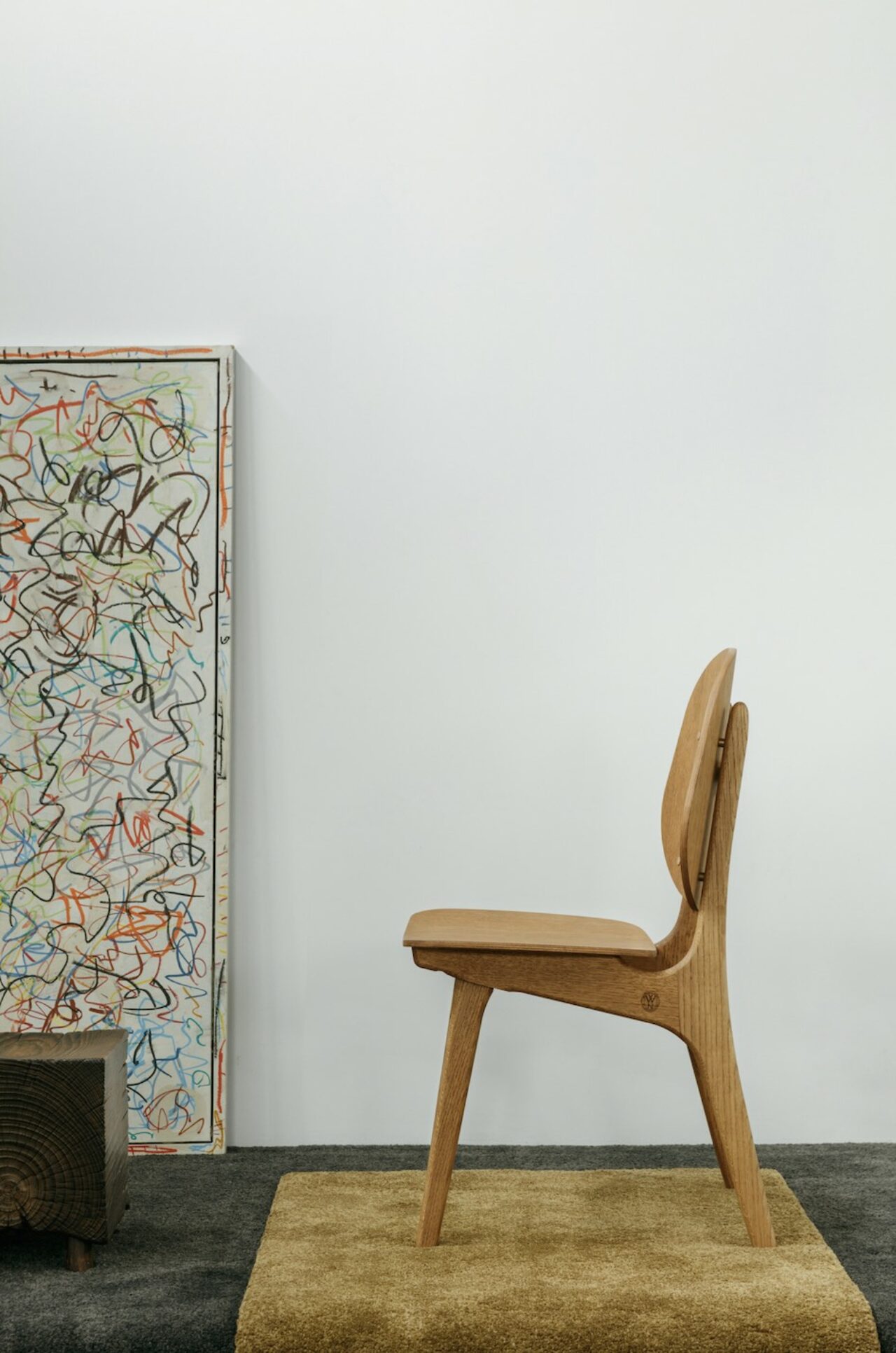
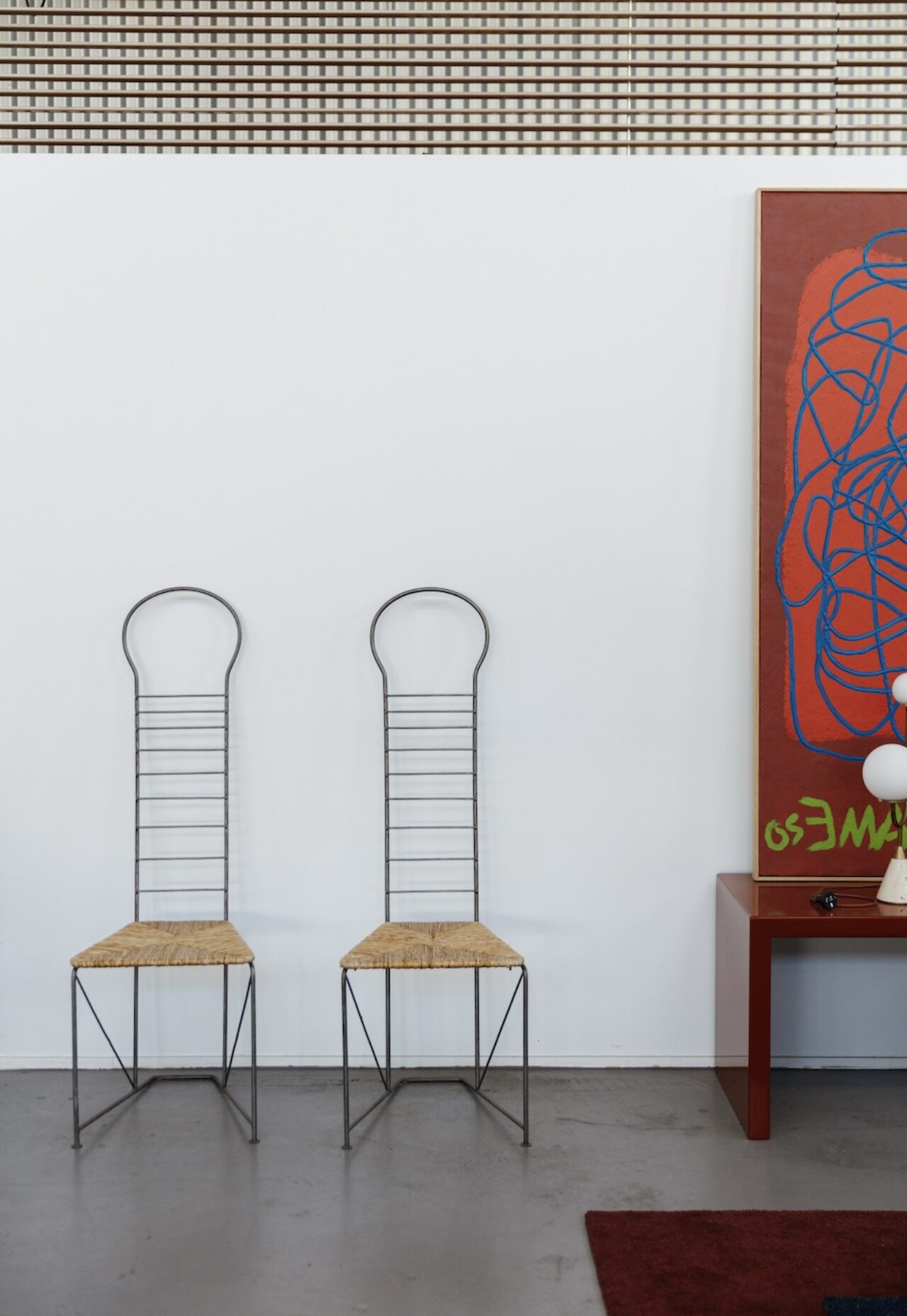
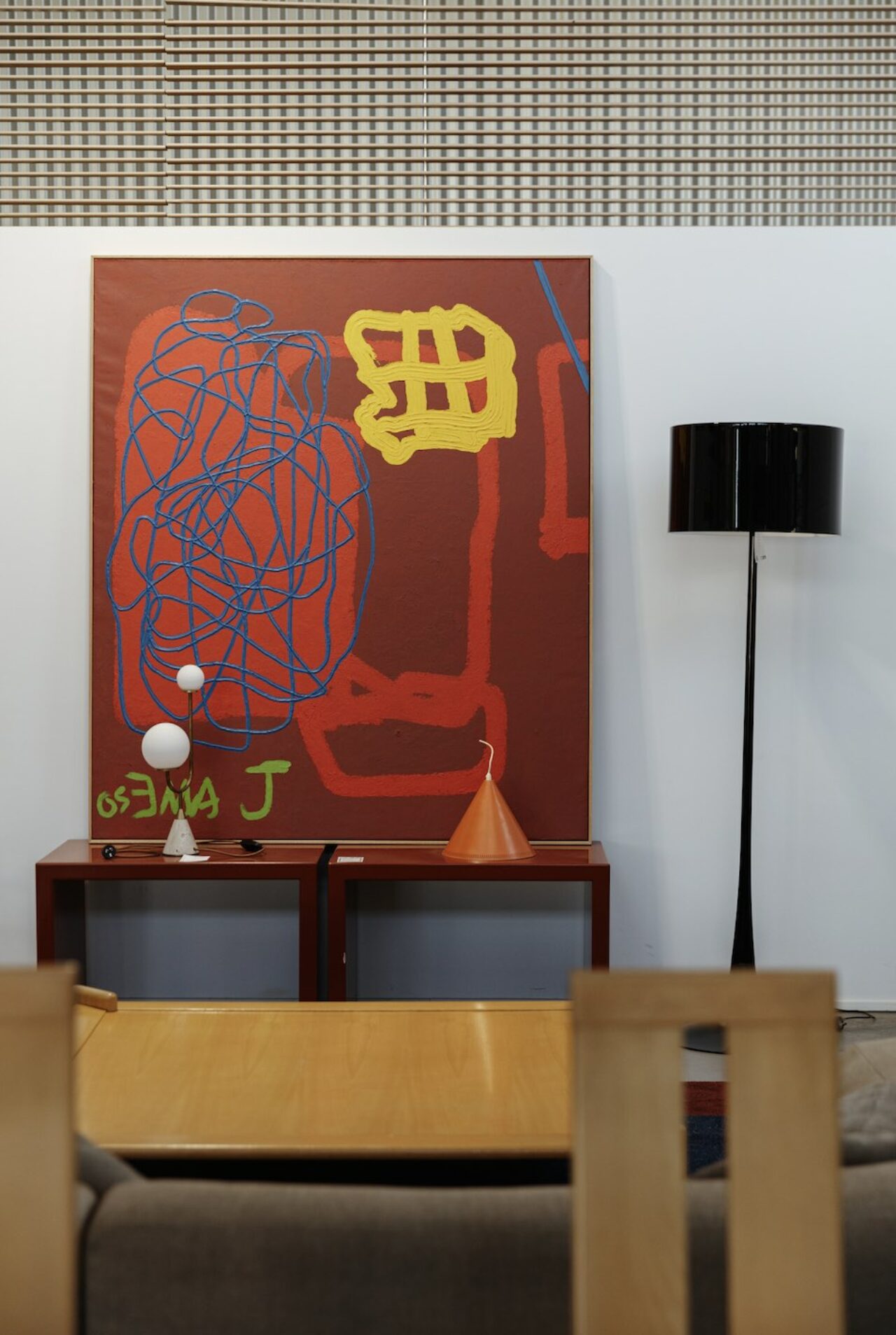
SODA Objects
1 Rosetta St,
West Croydon, Adelaide, SA 5008
For more Adelaide destinations, click here.
#champ_adelaide #champ_australia
Images: Jonathan VDK©


















